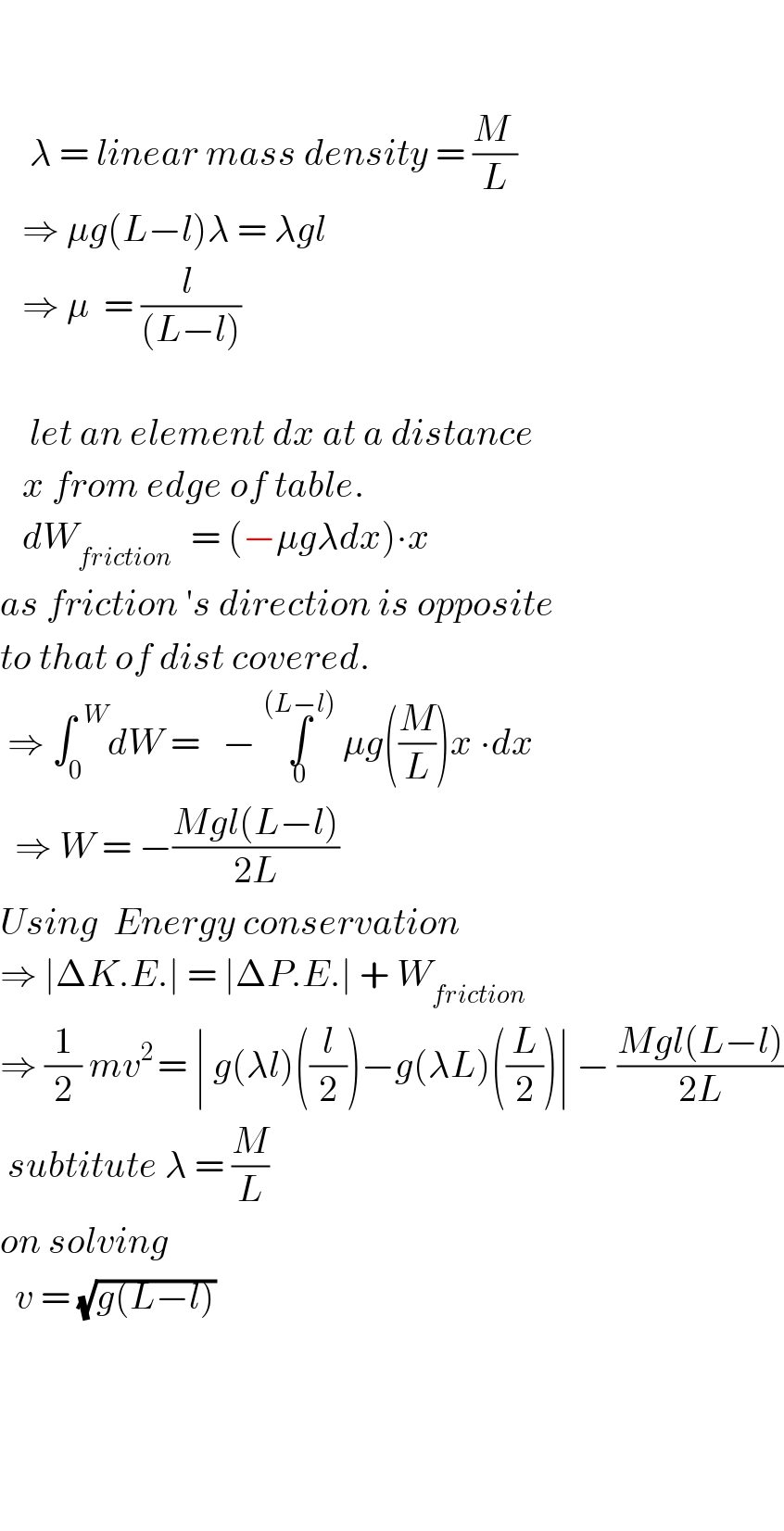Question Number 23288 by Tinkutara last updated on 28/Oct/17

Commented by Tinkutara last updated on 28/Oct/17

Commented by Physics lover last updated on 28/Oct/17

Commented by Physics lover last updated on 28/Oct/17

Answered by Physics lover last updated on 28/Oct/17

Commented by Physics lover last updated on 28/Oct/17

Commented by Tinkutara last updated on 28/Oct/17

Commented by Physics lover last updated on 28/Oct/17

Commented by Physics lover last updated on 28/Oct/17

